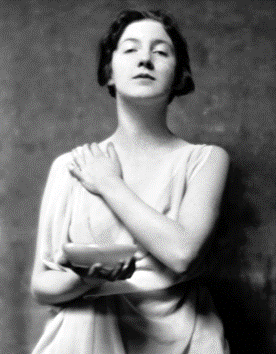If you’ve ever picked up an American history book you’ve probably read about the famous Lewis and Clark Expedition. You know, the one where they spent two and a half years going across the country to find the Pacific Ocean, a trip any modern day idiot can do in about six days in their Toyota Tercel. The one that kicked off America’s epic quest of Manifest Destiny. Yeah, that one. What the hell was up with those guys?
Meriwether Lewis grew up in Georgia where he spent most of his youth hanging out with his dog and getting beaten by his step-father. These two activities took up most of his time, meaning he didn’t really have an opportunity for any book learning until he was thirteen years old. As a result, much like a kid who never got to eat candy, once Merry got a chance to sink his teeth into that sweet sweet book learning, he went hog wild with it. Merry read every book he could find, which back then was all you needed to go to university. Unsure of what to do with all his fancy book learning, Merry joined the Army and fought in the Whiskey Rebellion, a revolt by a bunch of drunks who weren’t happy about a new tax on whiskey. After his time in the Army, Merry became an aide to President Thomas Jefferson, who pretty much just kept Merry around because he wanted somebody to talk to about books. Thanks to his friendship with Jefferson, Merry became quite the dandy gent around town, going to all the best parties. This of course qualified him to lead an expedition across the country.
William Clark was born in Virginia to a middle class slave owning family that decided to move to the frontier and live as hillbillies for some reason. This is probably why Willy had the spelling skills of a drunken third grader. While all of Willy’s brothers became famous for fighting in the Revolutionary War, he was too young to fight, and as a result had a crippling inferiority complex. This explains why he joined the militia to fight in the Northwest Indian War. It does not explain why he was part of a unit mostly famous for wantonly slaughtering women and children. At age 26, Willy retired from the military due to his poor health and returned to his family’s plantation. There he spent most of his time beating his slaves and pretending to be too sick to work, though apparently, he wasn’t too sick to lead an expedition across the continent. He was asked by President Jefferson to co-lead the expedition because somehow killing a bunch of natives made him an expert at dealing with them.
What actually happened on the expedition isn’t all that important. Read a book or something. Merry spent most of the trip telling the natives they were all now Americans, collecting and attempting to smoke various plant species, making flowery journal entries with far too many adjectives, and secretly crying every night for no good reason. Willy spent most of his time drawing maps, making sure nobody ate too much hardtack, beating a slave he brought along, shooting any animal he saw, and knocking up every native woman he could, leaving a trail of blonde haired babies in his wake.
When the expedition returned, Willy was rewarded with a cushy government job that mostly involved him figuring out new and ingenious ways of tricking the natives into giving up their land in return for jack shit. However, he also worked to preserve native culture, though only by having portraits painted of them in all their finery and stealing all their shit to put in museums. Willy eventually got married, but his wife died. As people often did back in those days, he then married his dead wife’s first cousin. He had several children, all of which he named after his brothers, because he still totally didn’t have an inferiority complex. Willy just up and died randomly at the age of 68. No one is really sure why, probably because medical science just kind of sucked back then.
Merry’s post-expedition life wasn’t as glamorous as Willy’s. When he returned, President Jefferson decided that Merry was annoying as hell, so he was given a job way out on the frontier to keep him as far away as possible. This did little to help Merry’s overall disposition. Miserable, he became an alcoholic and heavy opiate user. He tried to cheer himself up by finding a wife, but surprisingly nobody wanted to marry a depressed drug addict. The people who worked under Merry all hated his guts, doing their best to undermine him every chance they got. Finally fed up with it all, Merry headed out towards Washington D.C. to ask President Jefferson for more money. On the way he became so depressed that he tried to shoot himself, but was restrained by his traveling companions. After that Merry started staying up all night, spending his time endlessly pacing and talking to himself. Creeped out, Merry’s companions took him to an inn, where he locked himself in a room and shot himself in the head and gut. He was 35 years old. Today some people believe Merry was assassinated, because what reason would a manic-depressive broke opiate addict have to commit suicide?
Image: https://commons.wikimedia.org/wiki/File:Detail_Lewis_%26_Clark_at_Three_Forks.jpg



